Promises of a Phantom: Dreams of a Lost Console From 2002
An ill-fated vision for an online games library
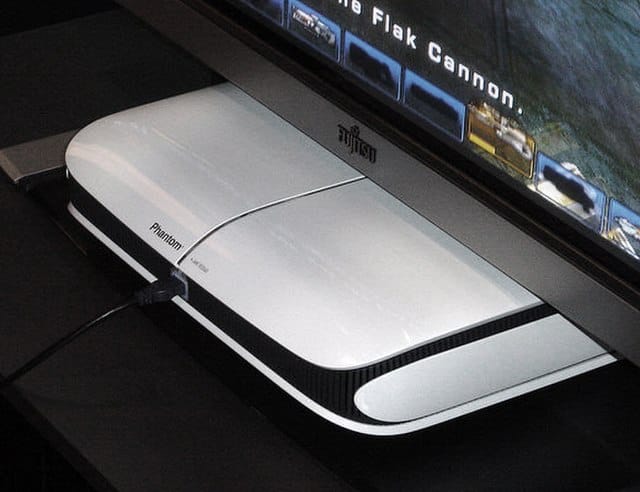
My excited friend shows me hazy images on the internet. It’s a futuristic white box, attached to a big screen. This will change the world, he says. The Phantom. With it, we'll have access to a huge gaming library, play what we want, and never even have to leave our living rooms.
This is the future, and it sounds pretty sweet.
This wasn’t one of my hallucinations back in the halcyon days of the early 2000s. No, this was how I found out about the PlayStation 2's newest challenger. The internet unlocked new possibilities, but many were thinking beyond only reading news online. Some dreamed that, perhaps, we could use this new invention to change the way we play games. Such a dream turned into a nightmare during the development of the Phantom.
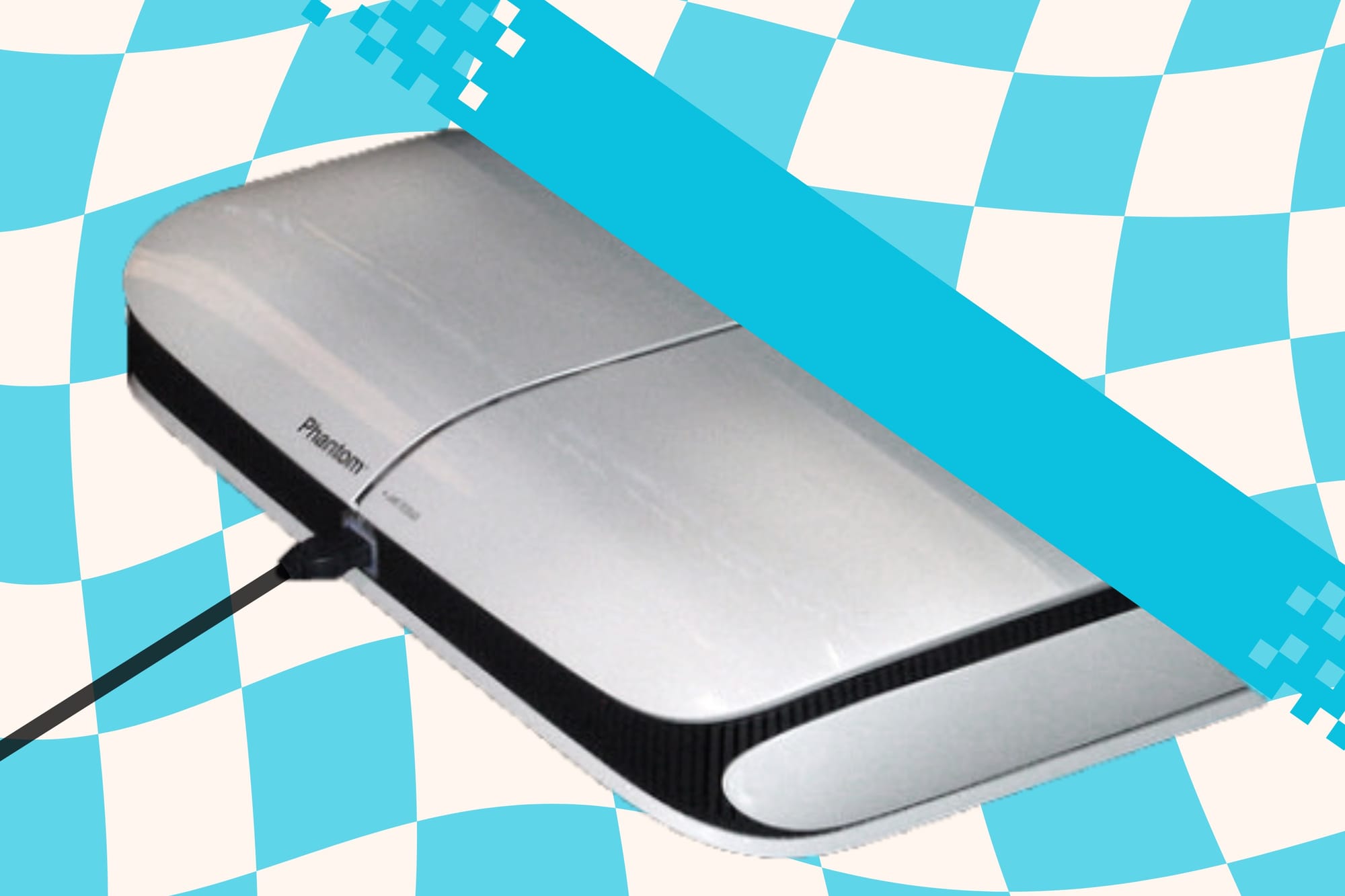
The lay of the land
Infinium Labs Corp. was a start-up company that came into being in October 2002. Its principal aim? To launch the Phantom, a console that accessed the internet to allow users to play demos, update software, and download games. It would have no disk drives.
To understand why this was shocking, one only has to look at the state of gaming in 2002. Yes, the Sega Dreamcast, Xbox, and PlayStation 2 (through later additions) all had varying degrees of online capabilities, but physical media still dominated the gaming industry. These online functions were more often than not just used to play games against friends. The Sega Channel had sought to bring games to users via the internet in the 1990s, but it hadn’t gained much traction, in part because the American launch took place late in the Genesis’ lifecycle.
Technical capabilities were, of course, a concern; you might have to wait a century to download a full, triple-A game with the internet speeds of the day. Things were moving fast though, and some believed new developments were just around the corner. It would be within reach for those brave enough to bet on the future.
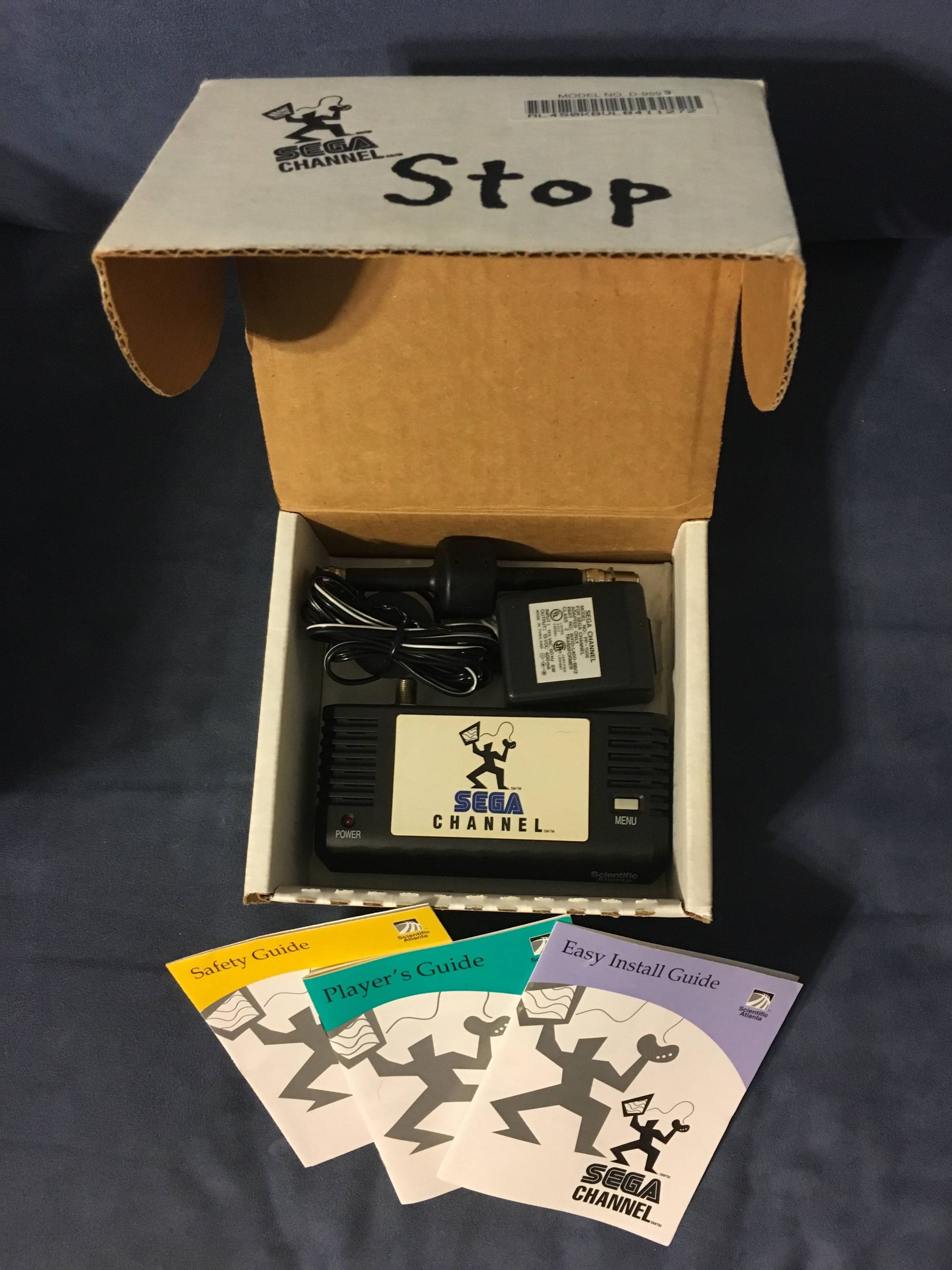
A news cycle churns
Details of the Phantom were scarce at first, and journalists did their best to uncover the truth about the elusive console. In 2003, Infinium Labs gave some morsels on their website. It would consist of a high-performance Nvidia graphics card, an Intel motherboard, and Windows XP as an operating system.
If that sounds like a PC to you, then you’re not alone — many analysts at the time also thought it sounded more like a computer than a traditional console. Years prior, they had thought that the rumored Xbox might become something similar but in the end, it incorporated many console design elements that helped distinguish it from a desktop computer.
Infinium Labs company reps talked about how their machine would invent new ways to transport content into the living room. Funny how the buzzwords stay the same. Granted, their business would hold a special appeal to various companies in the video game industry, in theory, at least.
Physical retailers, like the ones that ruled the roost in the early 2000s, only had so much shelf space available for games. At some point, they had to make room for new stock. Many games got lost in this churn. In a digital store, on the other hand, companies could, in theory, continue to make money off of older games, even years down the line. That was the Pandora’s Box that called out to investors.
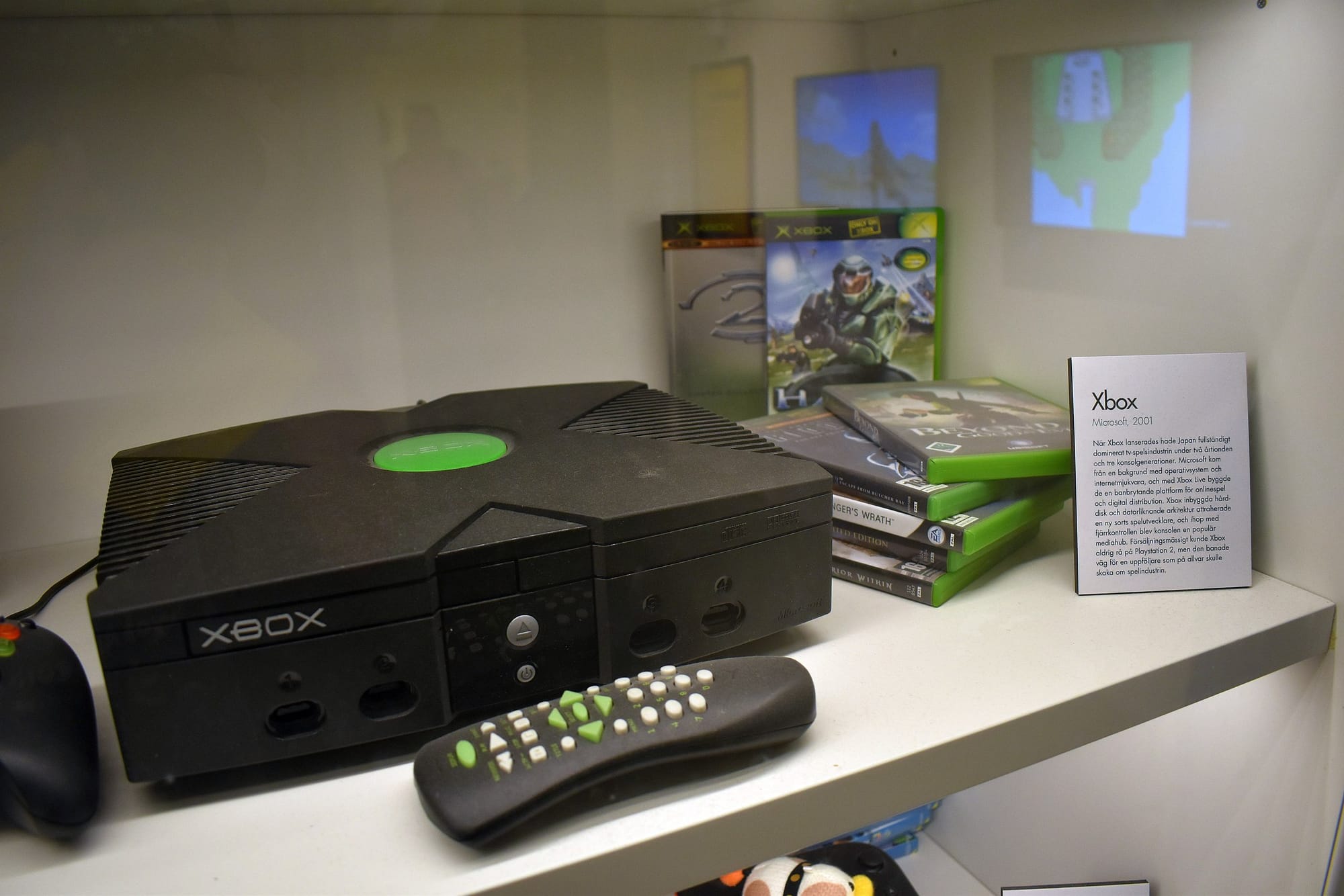
Pivoting to a new sight
In December 2003, Kevin Bacchus, one of the original founders of the Xbox division, joined Infinium Labs. His appointment signaled a change in the company’s messaging. He emphasized the Phantom’s online service rather than the console itself.
That aspect would become even more important in May 2004, when Bacchus announced the console would be free to the paying subscribers of the Phantom Gaming Service. The company would probably eat a loss on the hardware but hoped to make money over the longer term through a monthly subscription fee, game purchases, and partnerships. Because the controllers would comprise a mouse and keyboard, it would also open up other genres of gaming as well.
Several events came to a head that drew headlines, though. Infinium Labs became embroiled in a legal battle with HardOCP, a computer hardware review site, over an article the website had published that criticized the company. HardOCP won its battle against the cease and desist letter, so Infinium Labs had to pay thousands of dollars out.
At Quakecon 2004, HardOCP’s founder, Kyle Bennett, smashed one of the few available Phantom prototypes in front of an audience. This was a public display of the vitriol some felt towards the company. That Infinium Labs did not tolerate any criticism, while also providing very few concrete answers, did not endear them to gamers. Other details would add even more fuel to the fire.
Gossip spins a tale
The Phantom’s release date, November 2004, rolled by without it appearing on shelves. Employees at Infinium Labs were reportedly not receiving their salaries. Creditors, like landlords, knocked on the company’s door, and Infinium Labs paid its debts with shares. The stock price fell even further.
Infinium Labs still showed the Phantom at CES 2005. Kevin Bacchus became CEO of the company later that year but resigned only a couple of months into his term because of, once again, unpaid wages. The company’s losses reached over $70 million only a short time later.
The company finally released its Phantom wireless mouse and keyboard, called a lapboard because it sat on a user’s lap, in mid-2008. Reviewers reported that they struggled with severe lag, which was a disappointing performance for those who waited years for its arrival. The fact it cost around $130 didn’t help matters, either.
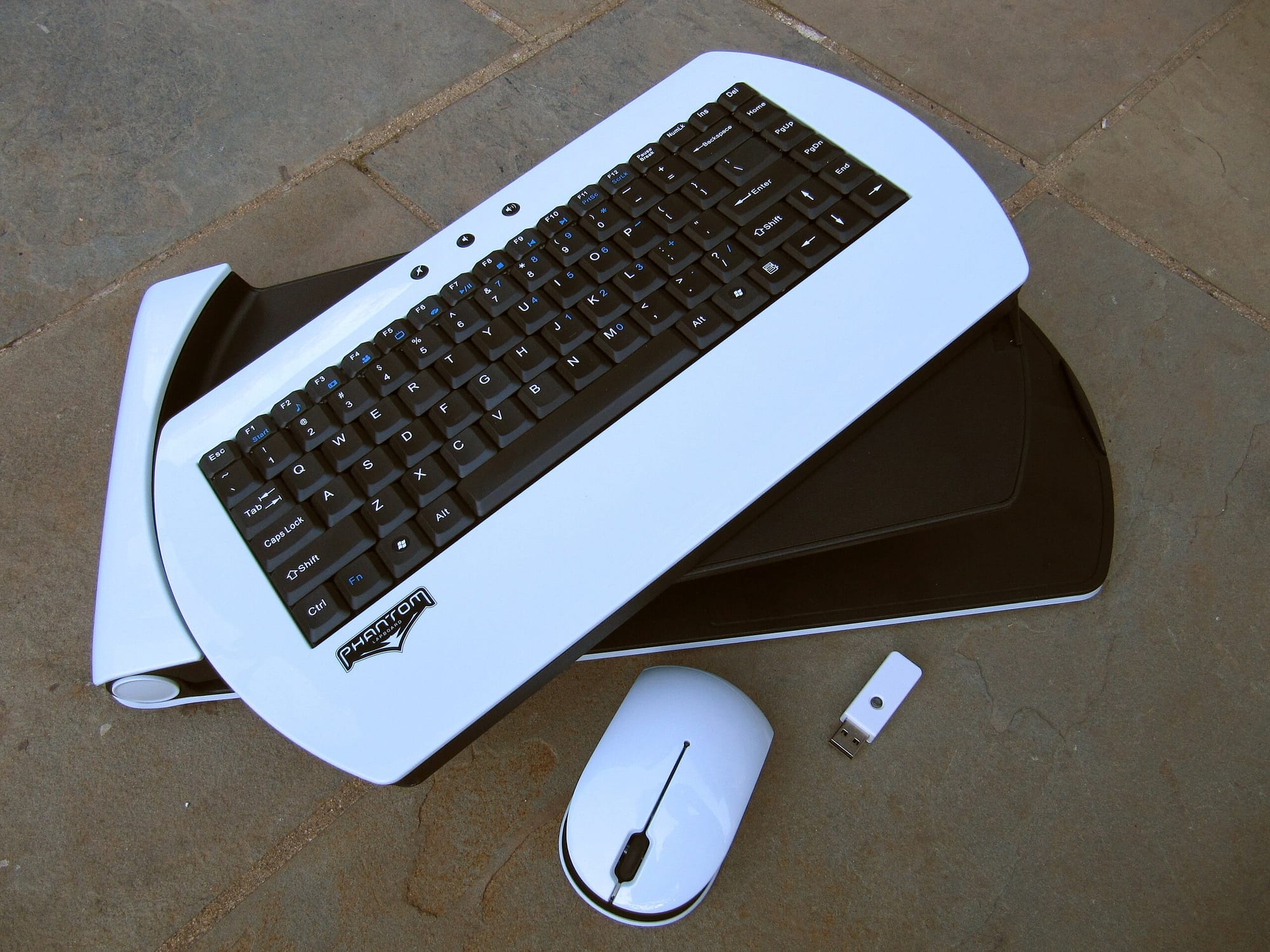
Tim Roberts, the company’s former CEO, would become the focus of various SEC fraud investigations. Phantom’s service and the console became one of the forgotten projects of the new millennium’s internet age as people turned to other alternatives. Meanwhile, Xbox Live had popularized many of the online elements that would have been included in the ill-fated Phantom project.
As it turns out, our modern gaming reality resembles the Phantom’s vision. Many of us don’t even touch optical drives or physical media now. Millions also buy their games through digital storefronts. In hindsight, we can see that the year 2002, and the early 2000s in general, was when the industry crossed a Rubicon that still shapes our entertainment futures. The console's creators saw the direction of the path, but could not be part of the march.